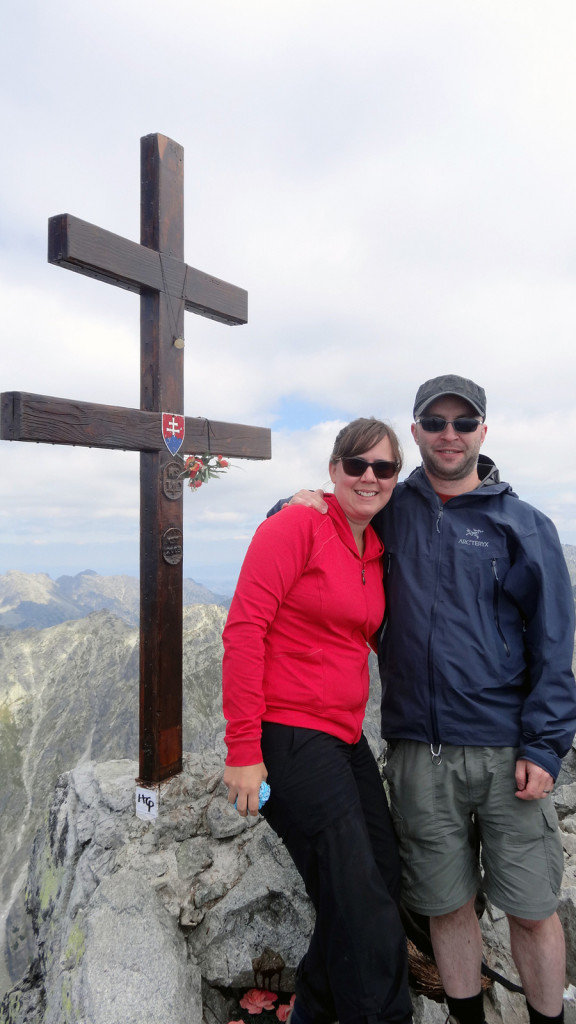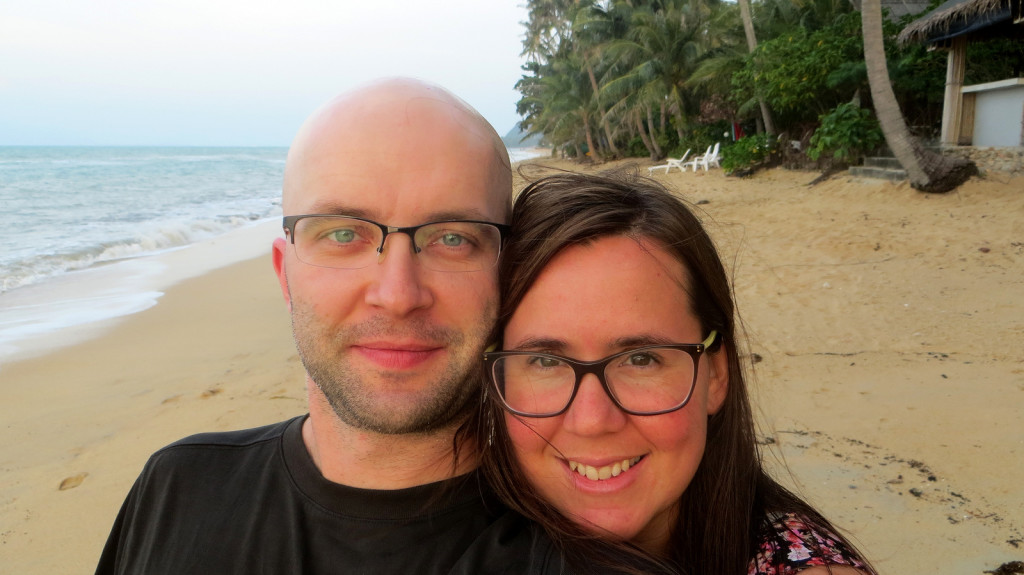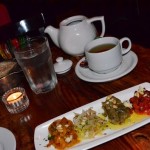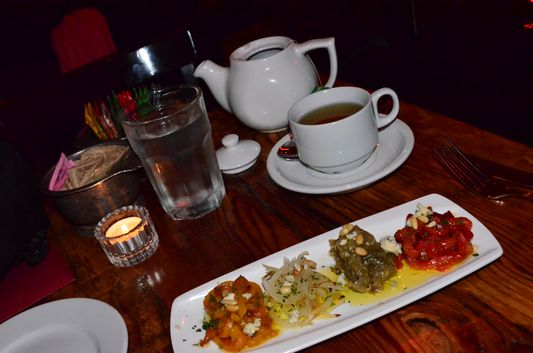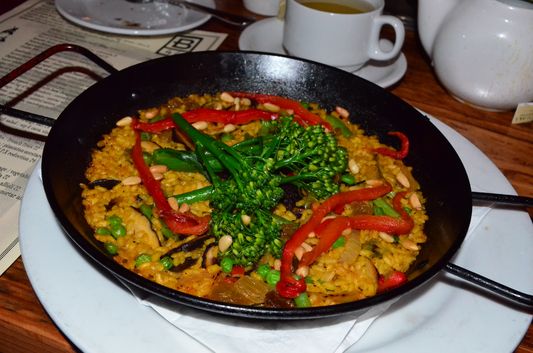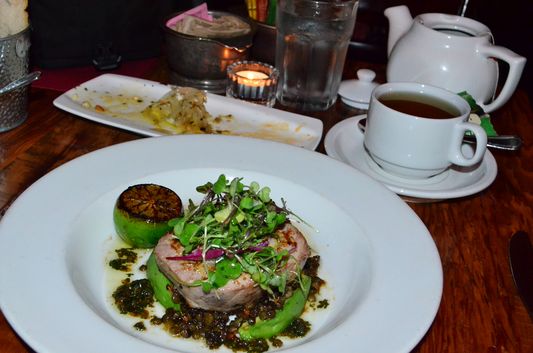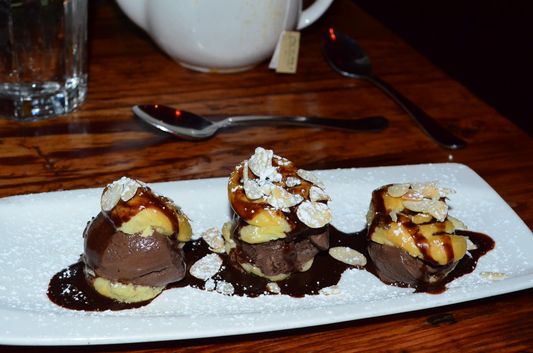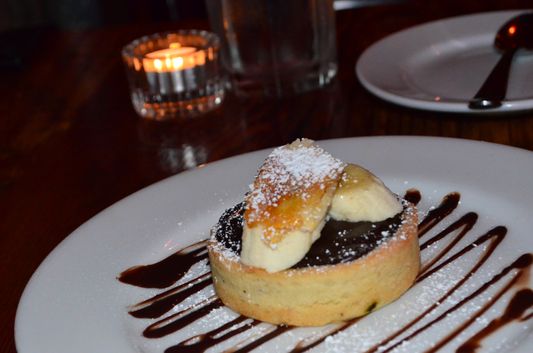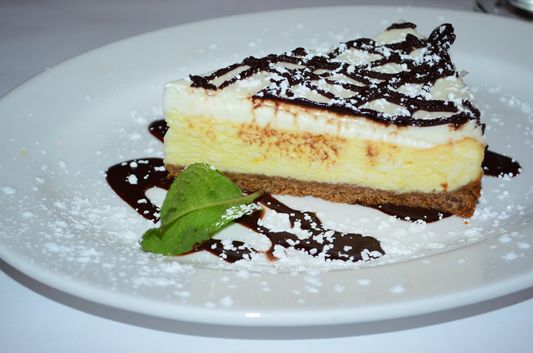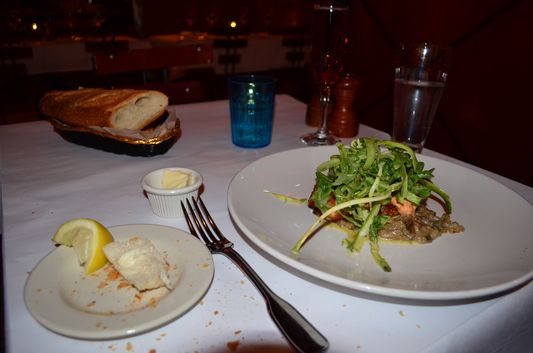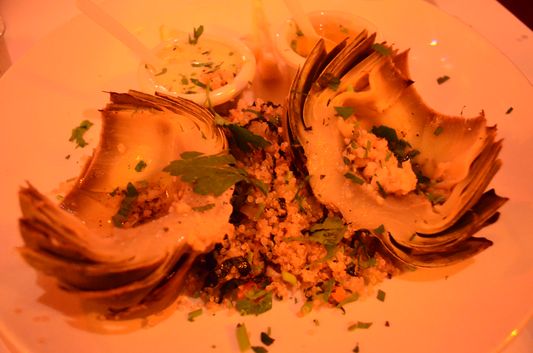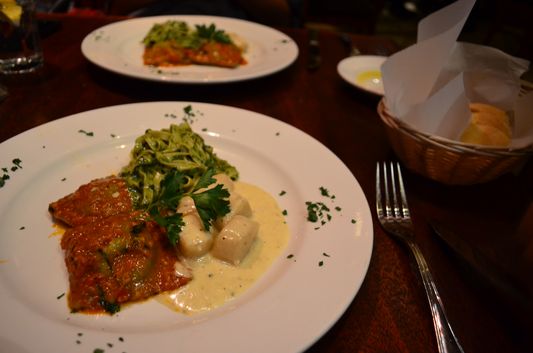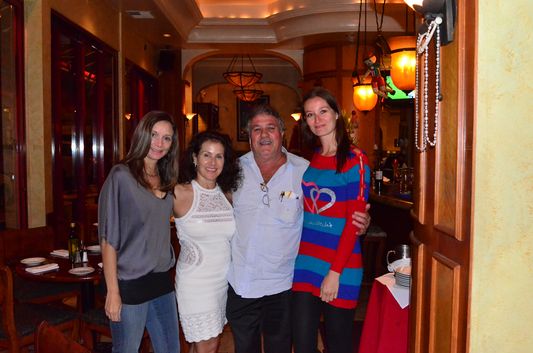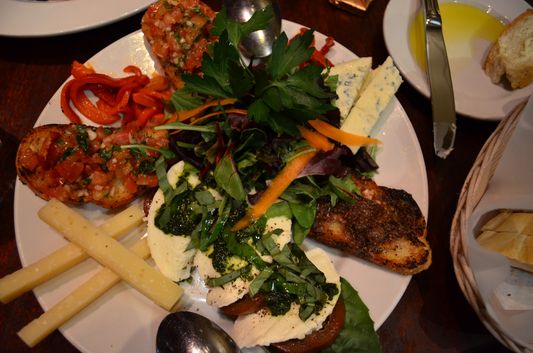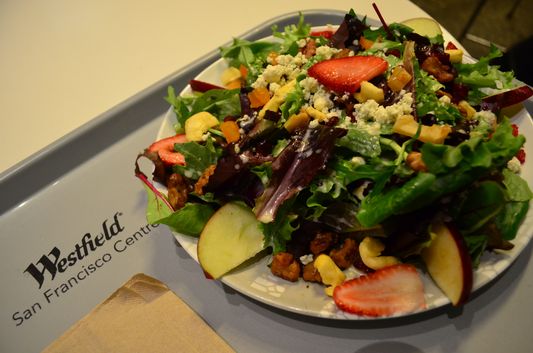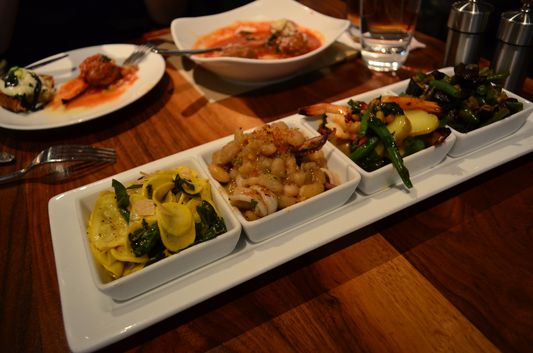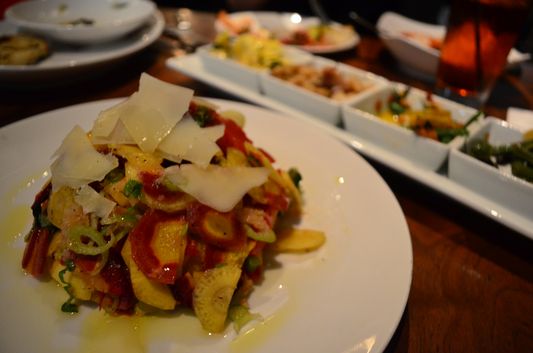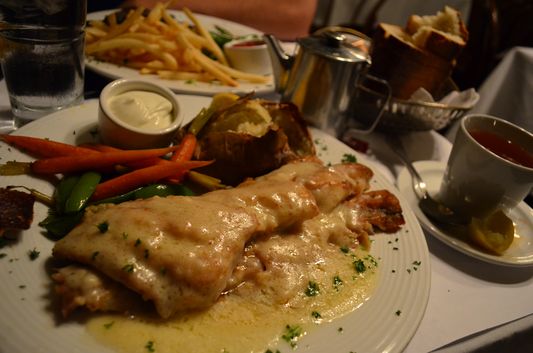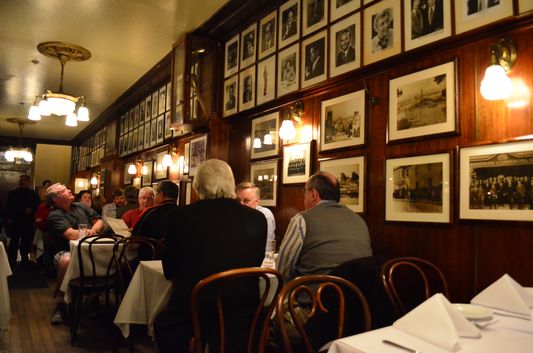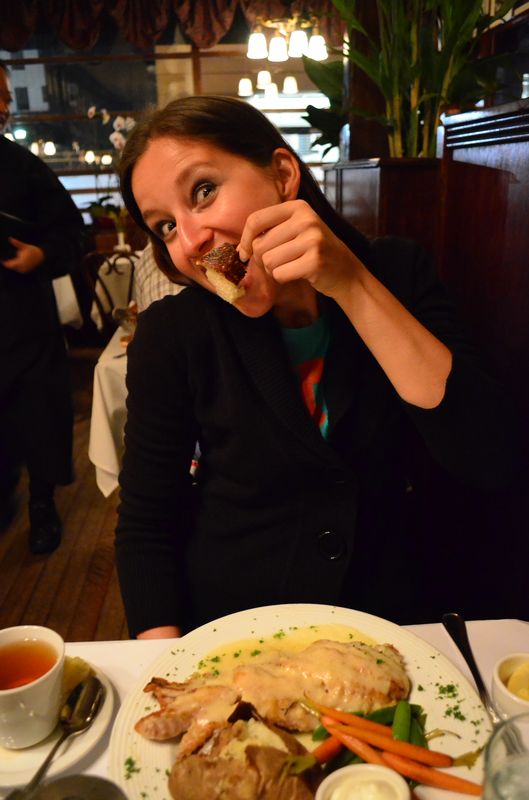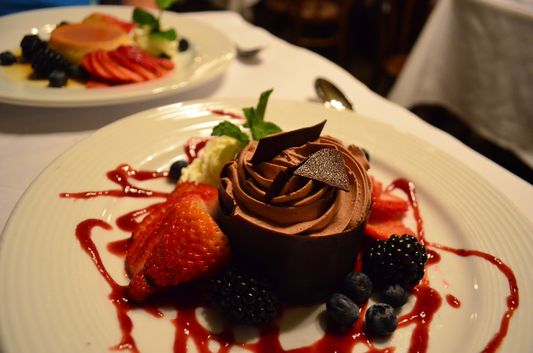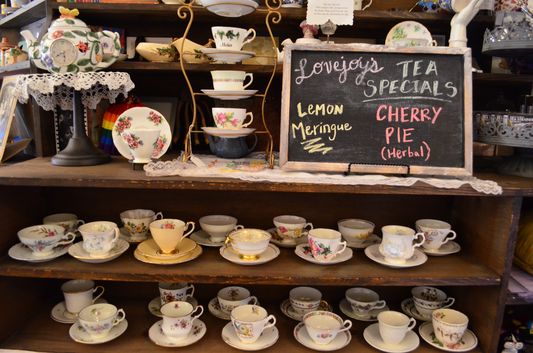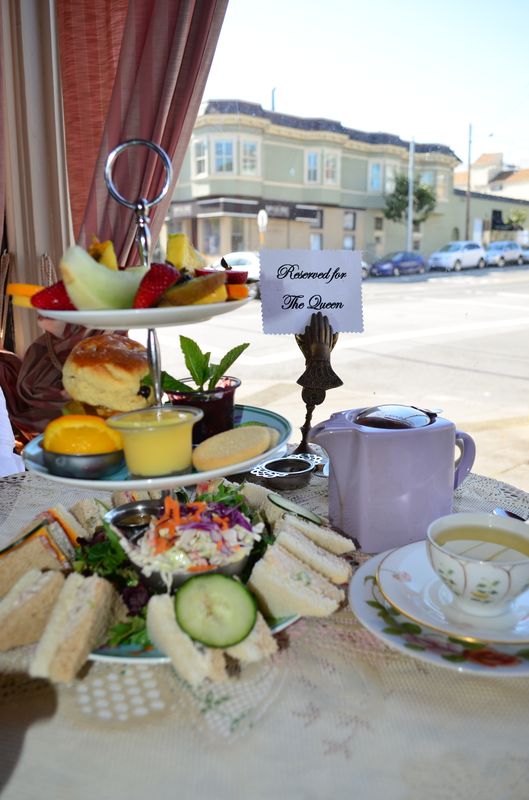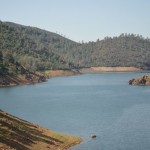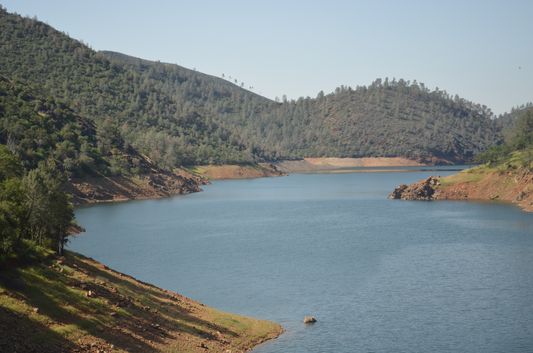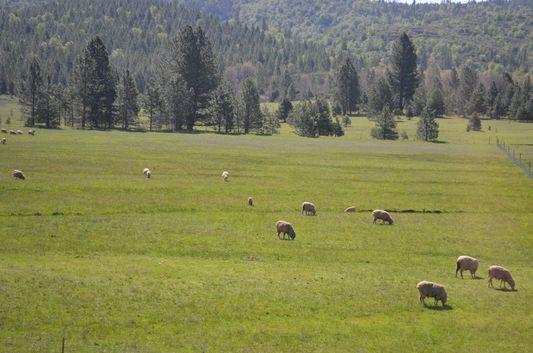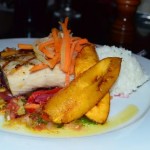
Spending 9 days exploring the hidden gems of the paradise islands St. Kitts and Nevis, we were also making our way through them tasting both the local and the luxurious restaurants. I put up a list of the best ones when going all around St. Kitts.
The best St. Kitts restaurants:
El Fredo’s restaurant
Located on Bay Road in Basseterre is a locally owned restaurant with local specialties and local beer. If you are a fish lover, order the super tasty Creole Fish of the day. I had the famous Mahi Mahi for lunch with rice, beans, vegetables and a fresh fruit punch. We were served by the very friendly Jasmine, the tall owner of the restaurant and then had a chat with her husband Kenneth who just came by to check if everything was ok and we were enjoying the food. We randomly asked him about all the Welsh flags hanging on the walls of the restaurant, and found out a very interesting story behind it.
”I was born on St. Kitts but when I was 14, we moved to Wales. Later on, I met Jasmine there whose family was from St. Kitts but she was living in Wales. We married, moved to St. Kitts and opened this restaurant.” started with their family story Kenneth Francis.
Jasmine was able to visit her grandparents here on the island as they still lived there 30 years ago.
”We named the restaurant El Fredo’s after my auntie” continued Kenneth with a smile on his face which was not showing any wrinkles even though he was a father of 2 grown-up boys and 2 girls living all around the world now (in Wales, Vancouver, London and one on St. Kitts).
Kenneth, a cricket player years ago, was now very happy to serve delicious local dishes to both the locals and travelers. I took a quick snap of Kenneth and Jasmine for a memory.
Check out El Fredo’s Facebook page, they don’t have a website yet.
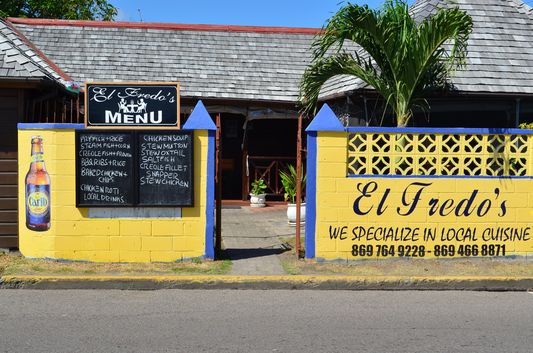
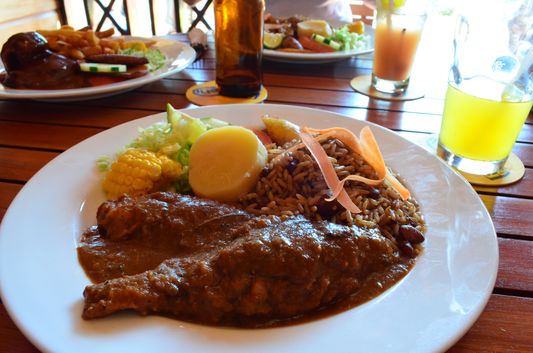
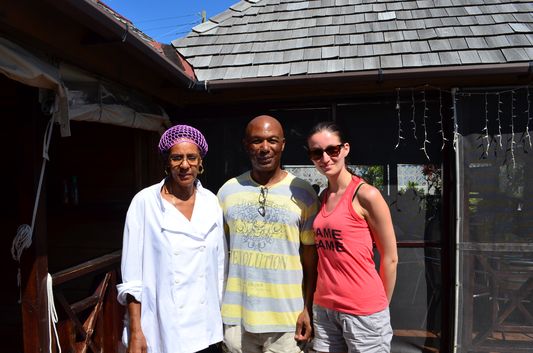
Spice Mill
I think this was my favorite dinner place on St. Kitts especially when it comes to its setting. Personally I would definitely make Spice Mill one of the top 2 St. Kitts restaurants. Situated at Cockleshell Beach with stunning views of Nevis island and Mount Nevis on the horizon during the day and then the lights far away make it very romantic too. You can also witness amazing sunsets from here just before your dinner!
When we came in, I was really in awe. Coconut wood-top, indigenous arts, natural material and all designed in a very original Amerindian way. The restaurant’s interior is actually a Kalinago dug out canoe, custom built by the Caribs of Dominica! Spice Mill is definitely the Kittitian restaurant with the nicest interior.
The food is very authentic too. You really feel like in the heart of the Caribbean. My friends also enjoyed some drinks and wine, I kept staring at the unique chandeliers when sipping on my juice.
There’s a lot to discover at Spice Mill, check out their website for more.
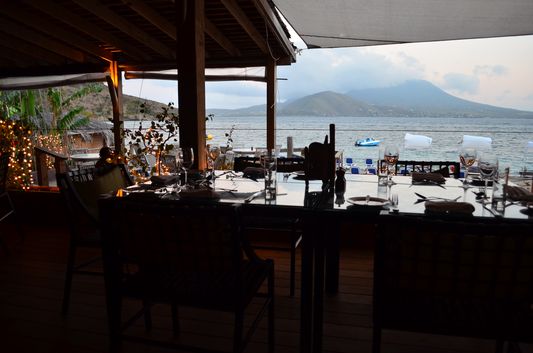

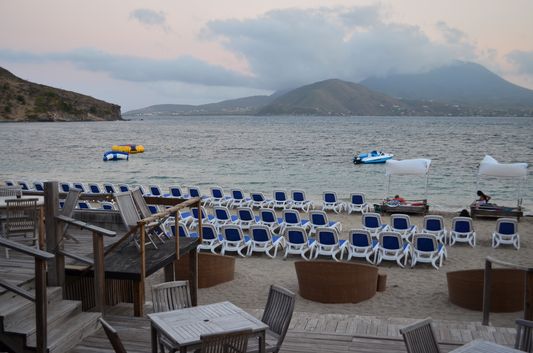
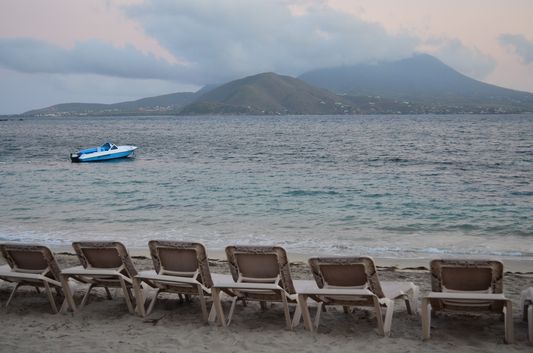
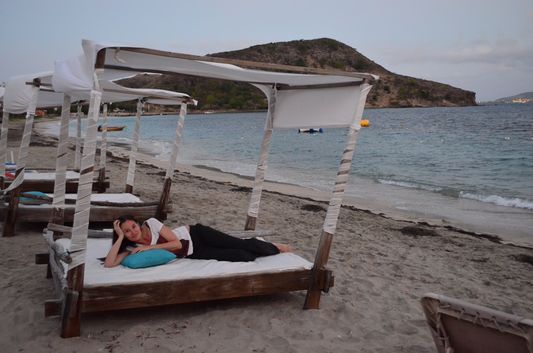
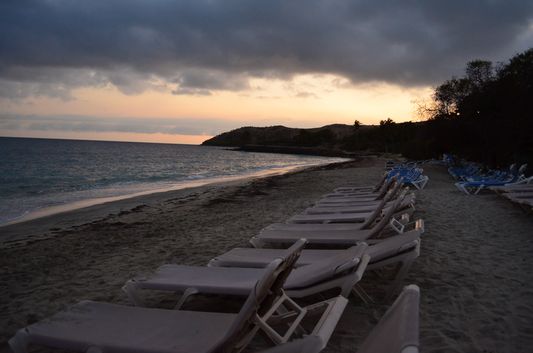
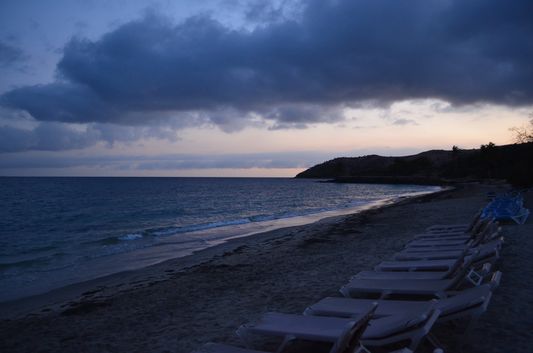
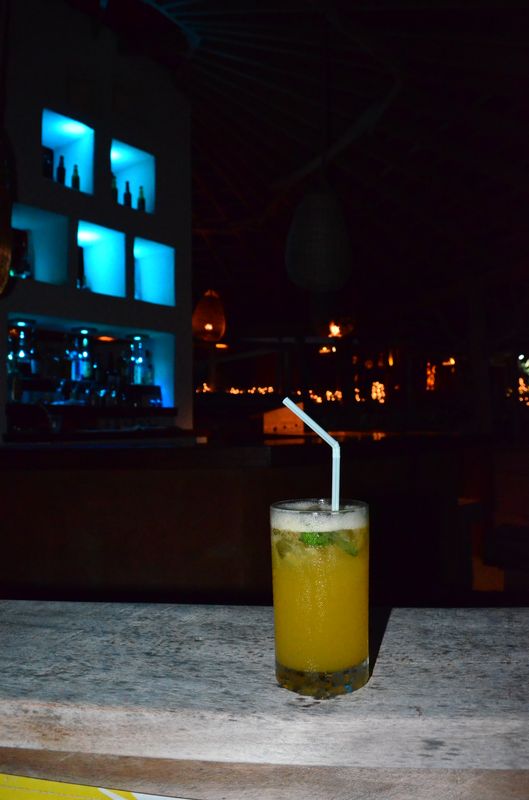
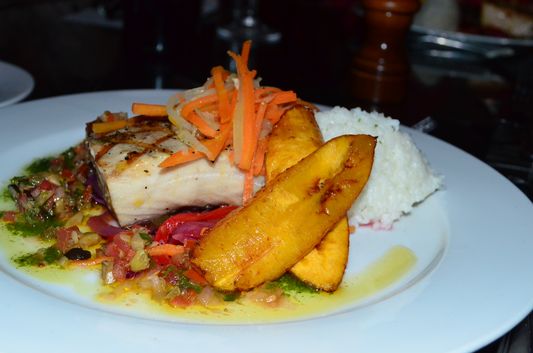
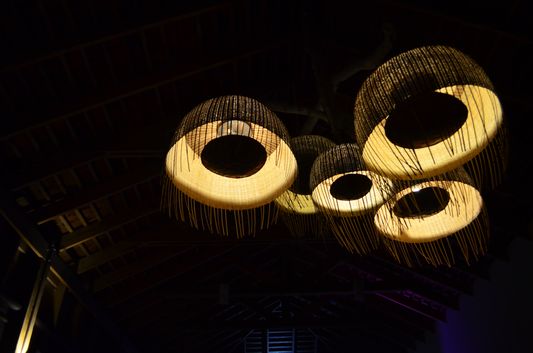
Carambola Beach Club restaurant
Opened since December 2011 in South Friar’s Bay where the general manager Chris Evelyn is making sure everything works fine. A local owns it, so it is locally managed too. 99% of all people having lunch here are the cruisers so they come here and mostly stay on the beach too after they have lunch.
I enjoyed the ambiance of Carambola Beach Club – we walked in, then spent some time at the very pretty beach, had some fun in the waves, enjoyed our fresh drinks and then head inside to cool down for lunch.
As soon as I saw sushi on the menu, I was sold. We could even watch the cooks preparing our sushi right there! There’s a European chef with Asian influence which makes up for an interesting menu.
Carambola Beach Club restaurant has an exotic feel to it, it’s a very open restaurant with a lot of fresh air coming in. You can eat both indoor or outdoor. Soon they are expanding to residences on the beach too where you will be able to stay for a night.
Check out Carambola Beach Club Facebook page for the menu and other news.
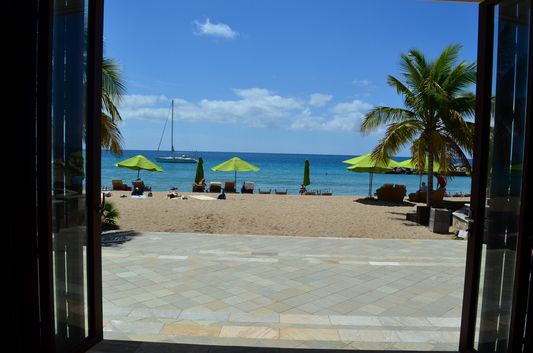
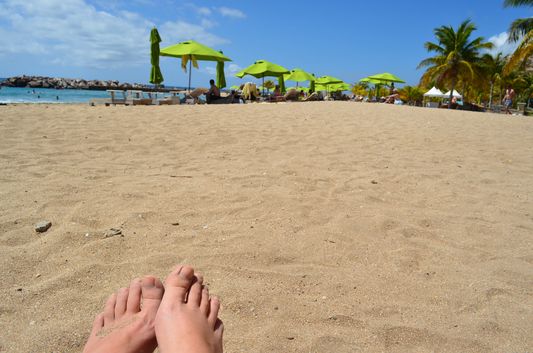
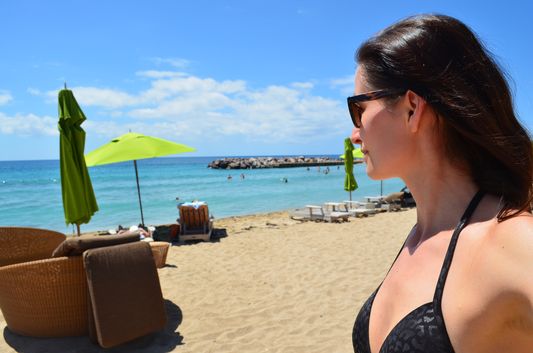
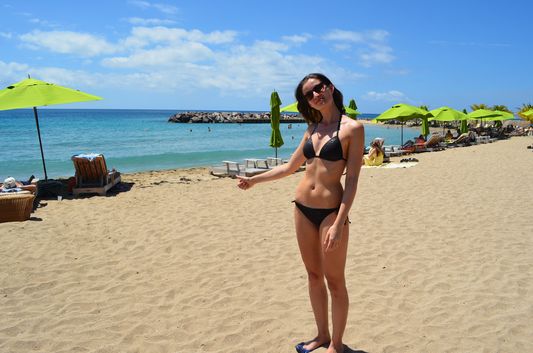
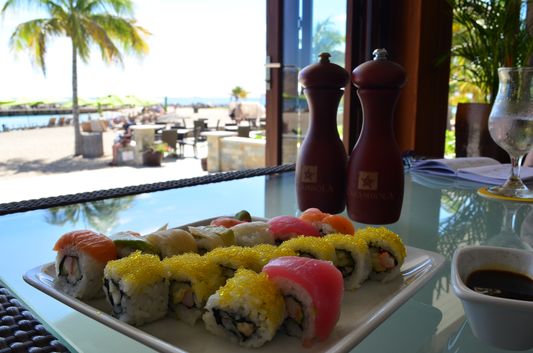
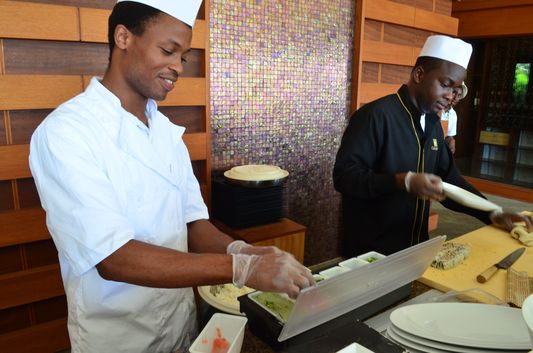
Reggae Beach Bar
I really loved its location. It was the first place where we had lunch so I was thrilled to get to the beach after a few winter months back in Europe. Reggae beach Bar is located right on the beach at Cockleshell Bay on the South East Peninsula just 9 miles from Basseterre, the capital of St. Kitts.
The beach looks like heaven, there’s sun beds, you can swim and even watch cruises passing by on the horizon. Then just walk a few metres to get in the shade of the restaurant. Drinks and tasty fish were on our table very quickly.
I also enjoyed looking up to the ceiling reading the messages about love, life and happiness.
Check out Reggae Beach Bar website for more info.
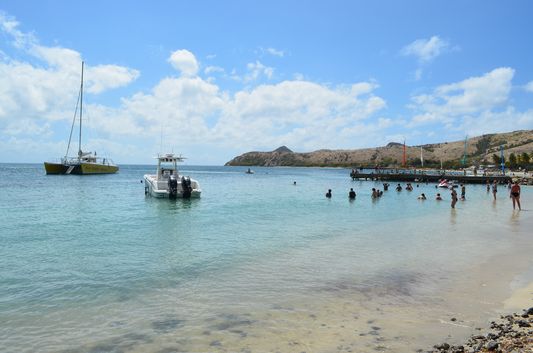
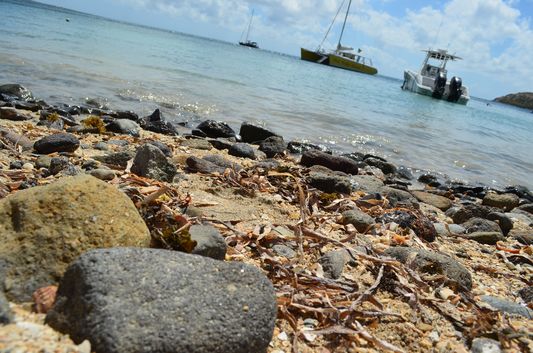
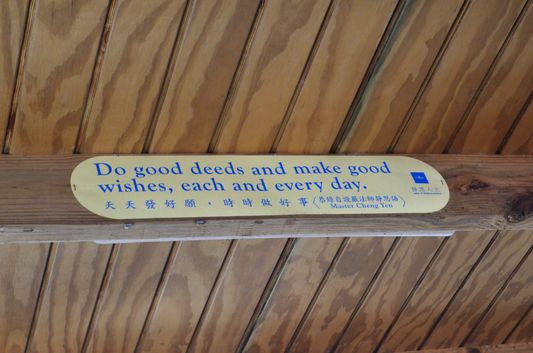
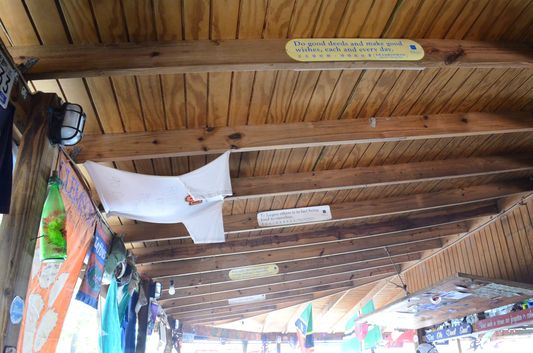
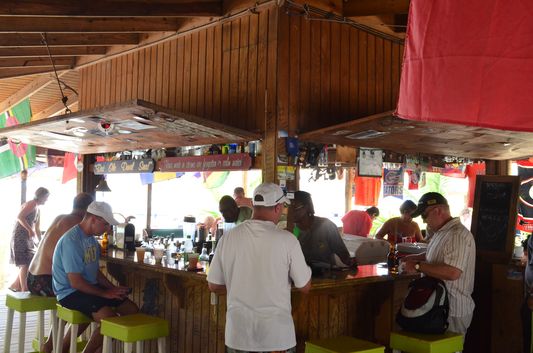
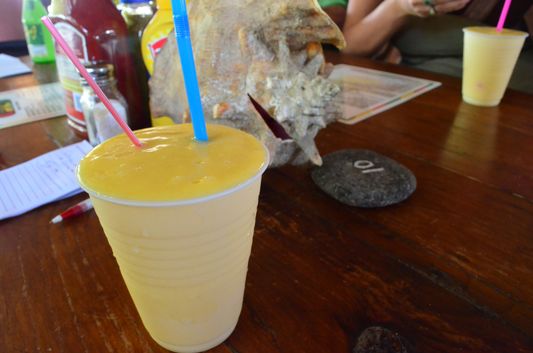

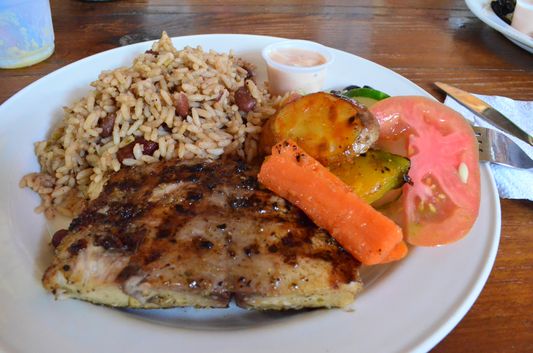
Ottley’s Plantation Inn
Restored 18th century sugar plantation run by a family. Very laid back place and fun at the same time. The plantation stands out for its amazing swimming pool set in between historic plantation building walls. We spent a few hours there, first with drinks and then tasting fresh local food and drinks at The Royal Palm surrounded by palm trees with the view of the ocean. Fresh salads, Mexican dishes and even many special Caribbean meals were on the menu, yay! What a pleasant place to chill out!
Check out Ottley’s Plantation Inn website to find out more.
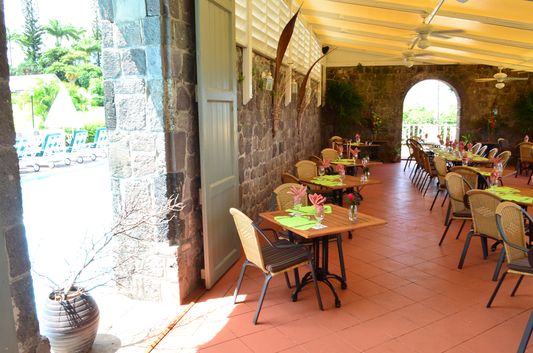
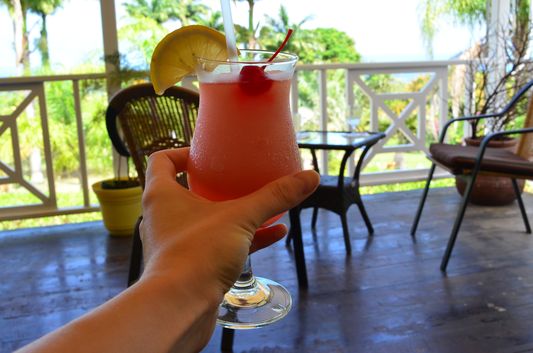
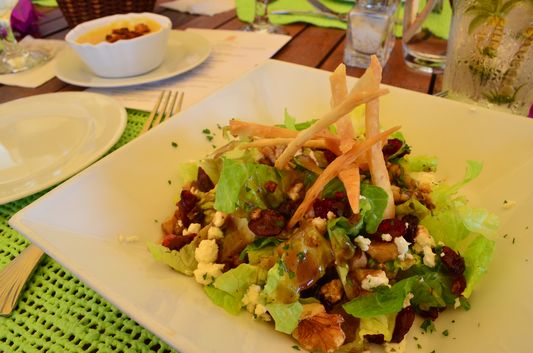
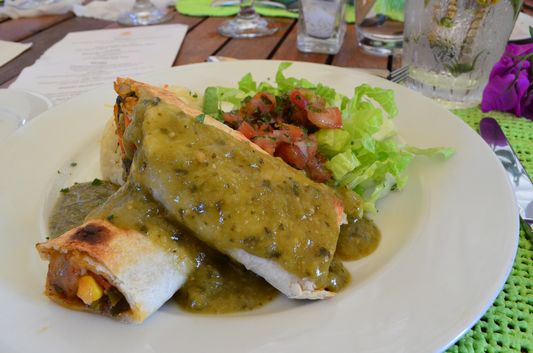
Mr. X’s Shiggidy Shack
Situated in Frigate Bay just a few metres from Timothy beach resort where we were staying, it’s one of the most-known bars and restaurants on St. Kitts. I cannot say it was my favorite one though. It took ages to get a table, it was so busy! And then it took long again for our meals to arrive but with so many guests, it makes sense.
Thankfully, the sound of the sea waves and a show with local kids dancing and then a fireshow made it for an interesting time. I also liked sitting under the stars. And the name of the restaurant just always makes me smile.
Check out Mr. X’s Shiggidy Shack Facebook.
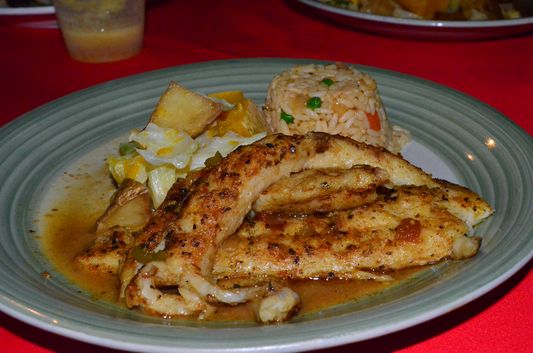
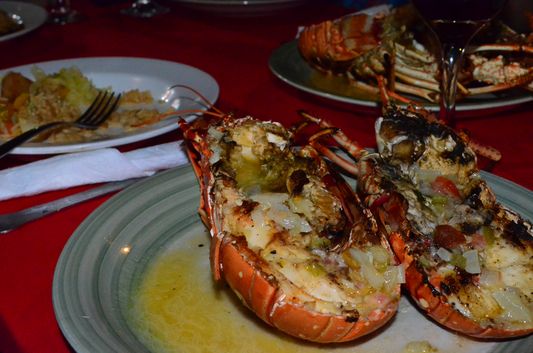

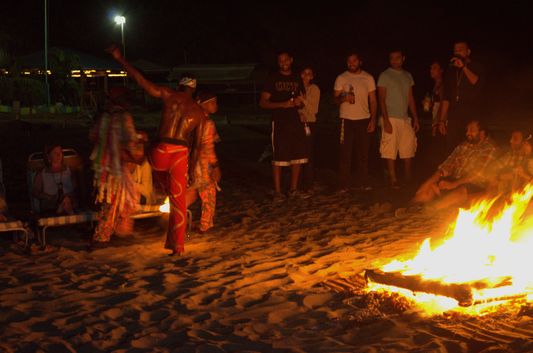
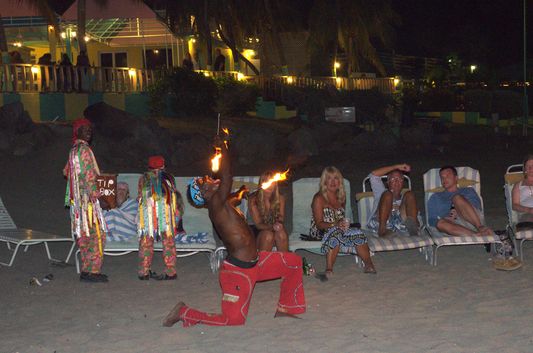
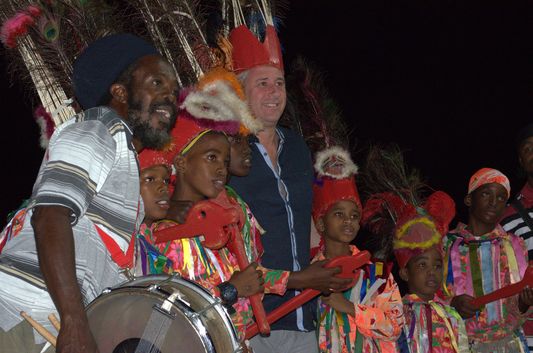
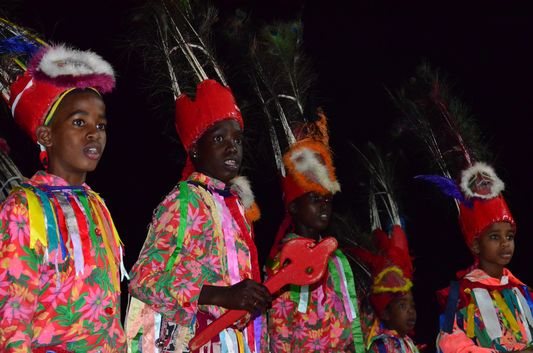
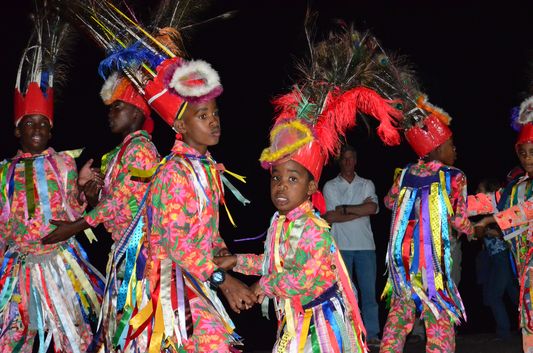
Marshall’s Restaurant
Thumbs up for the very fine dining at this restaurant. I really enjoyed our round table as we finally could see each other very well when trying to chat in between the meals and not sticking around to talking just to those sitting next to us 🙂
The pool and all the lights around it were very nice. And the chef said hi to us when we were leaving, so thoughtful!
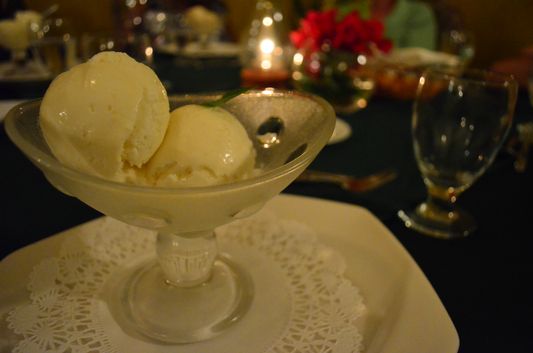
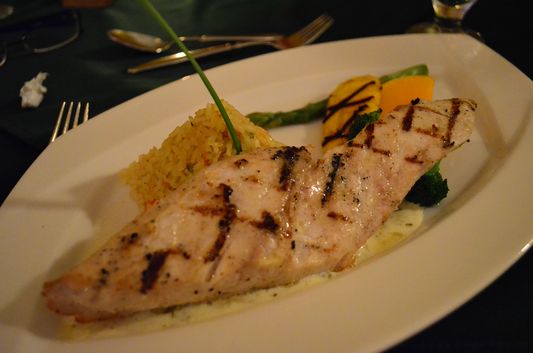
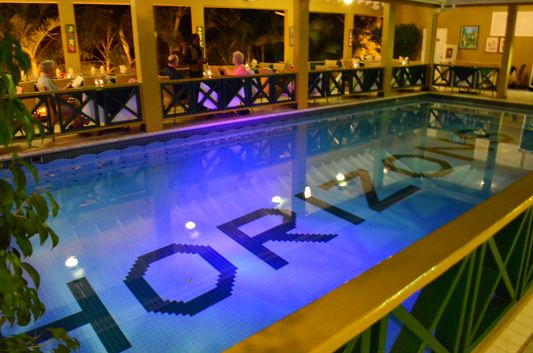
Ballahoo restaurant
The best thing about this restaurant is its location in the historic centre of Basseterre which makes up for really nice views of the area. At night time it’s very romantic with many different lights all around.
I enjoyed my mango smoothie and you can even order Mexican quesadillas! Or many local dishes such as fish of the day with veggies, chicken or sea food.
Check out more about Ballahoo restaurant.
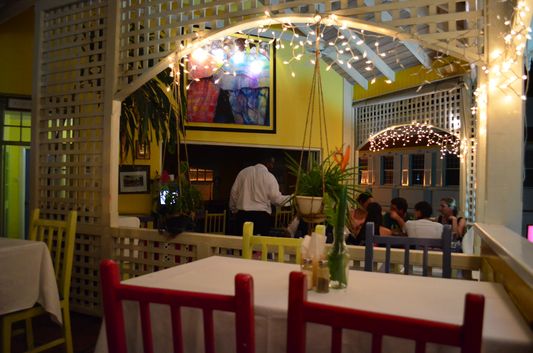
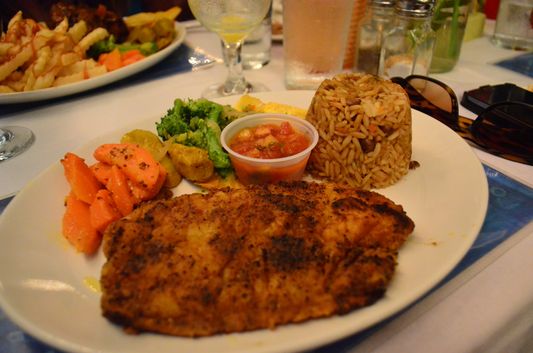
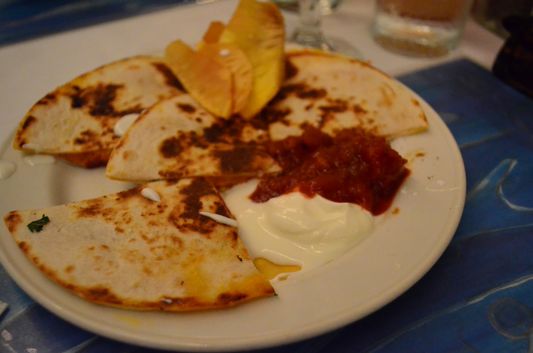
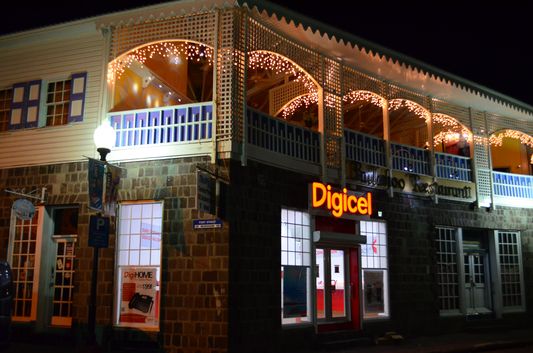
Looking for Indian food on St. Kitts? Then check out Bombay Blues Restaurant. I am not the biggest fan of it as I do not like spicy meals and almost everything is spicy for me.
How about an afternoon tea with a rum tour at Fairview Great House?
Many thanks to St. Kitts Tourist Board and all the mentioned restaurants for treating me like a star. All the opinions in this article are my own as usual.
*** It took me more than 10 hours to write this post.


















































